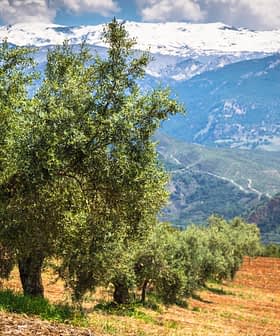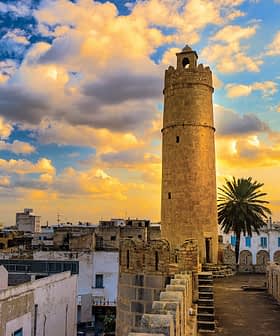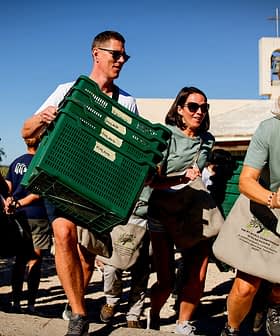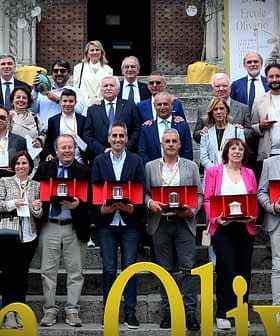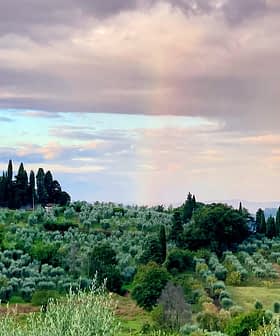One-Third Fewer Olive Farms in Italy Now Than in 2010, Report Finds
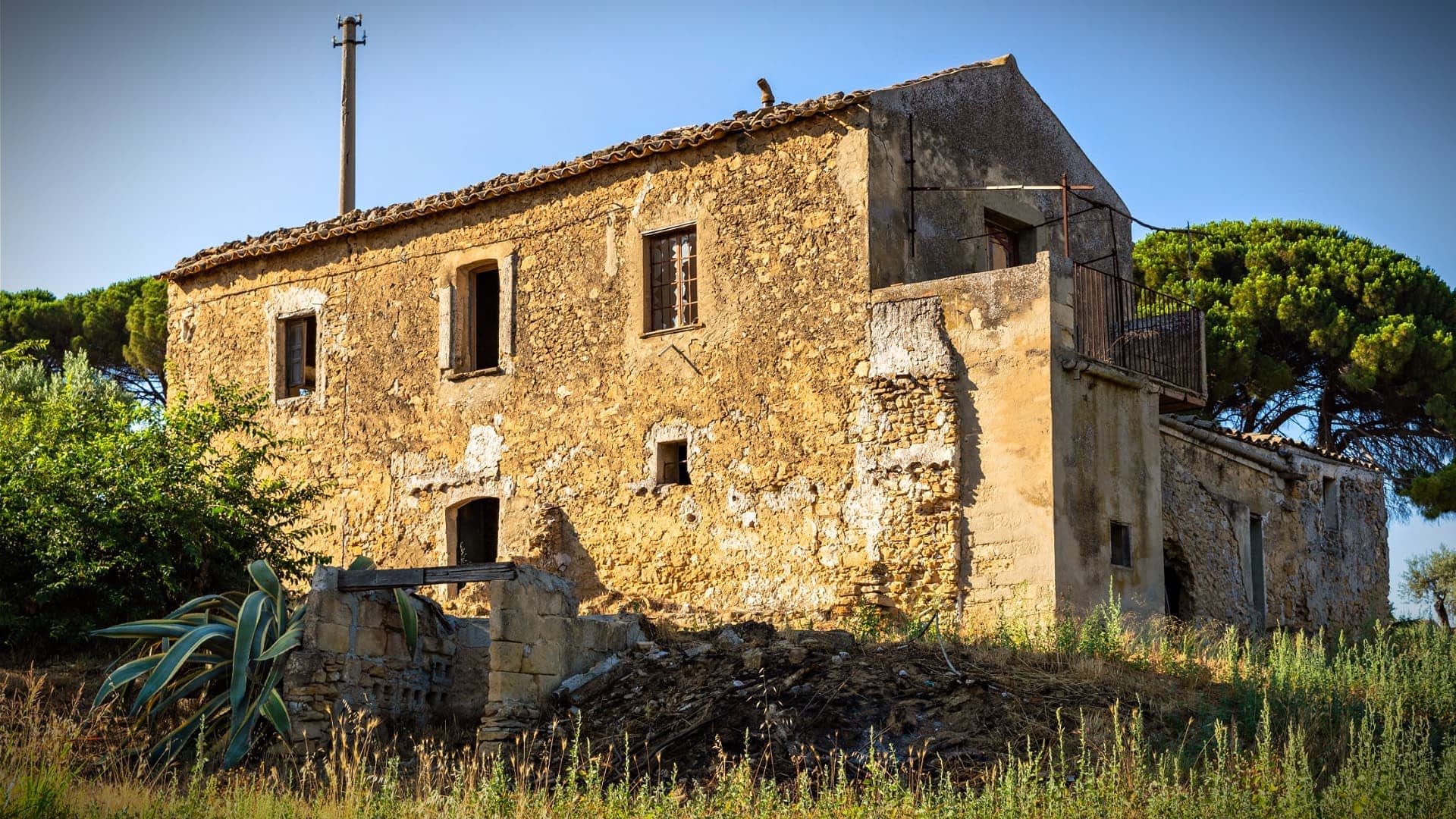
The Italian agricultural landscape has been significantly impacted by increasing international competition and market changes, leading to a decrease in the number of active farms and a shift towards larger companies. The olive farming sector has been particularly affected, with a 31% drop in the number of olive growers and a decrease in the overall land dedicated to olive growing, highlighting the challenges faced by small family farms in the changing agricultural sector.
Increasing international competition and quickly changing market dynamics have profoundly affected the Italian agricultural landscape in recent years.
Small family farms contribute less than they ever have to overall agricultural output. Many small producers face rising costs of innovation, automation and digital marketing, while larger companies have absorbed others.
The olive tree remains essential to our agriculture, but competitiveness from abroad is affecting the sector.
Between 2010 and 2020, the number of active farms fell from 1.6 million to 1.1 million. Previous data collected by the National Institute of Statistics (Istat) from 1982 show Italy had 3.1 million active farms at the time.
While a constant reduction in farm numbers was reported in the last 40 years, the previous decade’s 30-percent drop is a significant acceleration of a process that is reshaping the sector.
See Also:Italy Prepares to Sell 800 Farms to Young FarmersWhile their quantity reduces, farms are getting bigger, with the average farm covering 11 hectares compared to eight in 2010 and five in 1982.
According to the Seventh Survey of Agricultural Italy 2010/2020, the number of Italian olive farms is also falling quickly.
In the past decade, the number of olive growers fell from 902,075 to 61,368, a 31 percent drop. The overall amount of land dedicated to olive growing has also decreased, dropping from 1,123,330 hectares to 994,318. Olive growing has lost 11.5 percent of its actively-used surface in the last decade.
Over the same period, total agricultural and potentially usable land areas have fallen by 21 and 36 percent, respectively. However, these drops have not come as a surprise.
“We have been focusing on active farms at a time when many agricultural lands are abandoned, not currently in use or kept by their owners waiting for a better moment to invest in agriculture,” Roberto Gismondi, director of the agricultural statistics division of Istat, told Olive Oil Times.
“The reduction of the surface area comes from the growing challenge of managing a field operation without a true agricultural business, sense of entrepreneurship or a dedication to spend time on the field,” he added. “Many abandon their lands or do not use all of them at the same time.”
Family farms and single-individual companies went from occupying 76 percent of available land in 2010 to 73 percent in 2020. Meanwhile, larger companies expanded from 14 percent of agricultural surface area to 18 percent, with capital companies also increasing from 2.7 to 3.6 percent.
The average size of a small farm is currently 8.6 hectares, compared with 42 hectares for larger companies.
Generally, larger agricultural companies have higher resilience to market turbulence and more opportunities to invest and innovate.
“Being small is more difficult than ever as the competition from foreign producers is constantly growing, and the rising prices of raw materials are also challenging,” Gismondi said.
“Our agriculture comes from family-managed farms, which is changing over time,” he added. “The Covid-19 pandemic and the war are greatly accelerating a process of farms merging and entrepreneurship concentration.”
Almost 800,000 companies in Italy cultivate tree crops on a total surface of 2.1 million hectares, with an average farm covering 2.7 hectares. In Puglia and Calabria, olive trees account for 70 percent of the overall woodland surface.
Gismoldi attributed the decreasing number of olive farms and olive groves to the spread of Xylella fastidiosa in some parts of Puglia.
“On top of that, we have many abandoning their lands,” he said. “Think of the families who used to grow dozens of olive trees for their own use. Sometimes they find the costs exceed the benefit, and the current climate conditions do not help those who would choose otherwise.”
“The olive tree remains essential to our agriculture, but competitiveness from abroad is affecting the sector,” Gismondi added. “When we look at olive oils sold in Italian supermarkets, we can see that 80 to 90 percent do not come from Italian olives but get sold because they are cheaper.”
In other agricultural sectors, merging smaller producers into larger farms brings quick results. However, this is not the case in the olive oil sector.
“Such market operations in the tree crop sectors are slower, especially with olive trees, as many olive groves are not managed by a company at all, unlike other crops and arable land,” Gismondi said.
The change in Italian agriculture is also demonstrated by its workforce dynamics as the sector moves away from family farm dynamics. In 2010, 24 percent of agricultural workers were not part of a family farm. Now that figure is 47 percent.
“Such numbers show a generational change. Still, we are seeing a significant overall workforce shortage,” Gismondi said, referring to the 29 percent drop in the overall number of agricultural workers from 2010 to 2020.
“This shortage is an aspect of primary relevance,” he added. “We still see difficulties due to Covid-19. On top of that, there are opportunities for agricultural seasonal workers in other European countries and reduced incentives in Italy for workers to work on farms. To solve this, we need a new spirit of innovation and entrepreneurship.”
However, the European Union’s latest Common Agricultural Policy (CAP) could provide new opportunities for creative agricultural entrepreneurs by providing funds more strictly related to how farms are operated than they were in the past.
“In this decade, the CAP is moving from helicopter money for farmers to more specific support in favor of those companies that have embraced goals such as environmentally-friendly agriculture or organic agriculture,” Gismondi said. “This turn represents a challenge for small farms, and it might fuel the merging of farms.”
“Today, farmers have the opportunity to redesign their production systems using a new logic, less focused on quantity and more on quality,” he added. “All of this requires professional training and a spirit of sacrifice. It asks farmers to read the market, understand its dynamics and see where they can best fit.”


